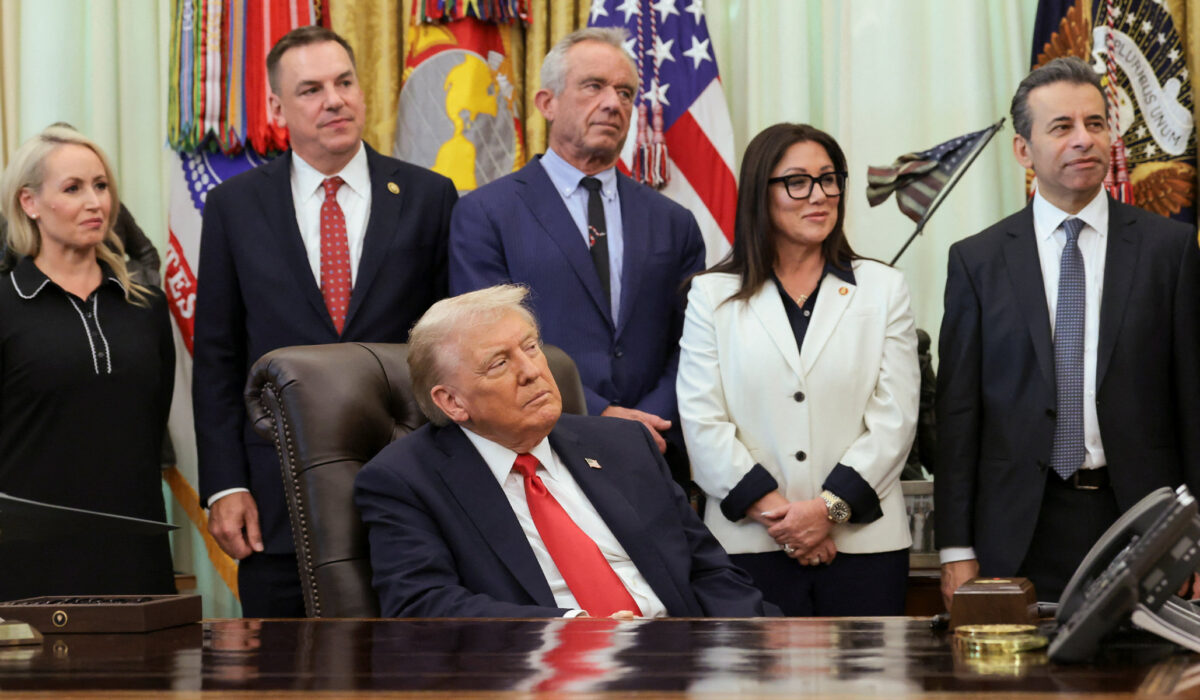IVF, Embryos, and the Choices Families Face
Babies produced through IVF become cherished members of their families, but there is no getting around the fact that the process often involves the creation and destruction of embryos. That tension sits at the center of many conversations about assisted reproduction. Couples and clinicians negotiate medical, ethical, and practical realities together.
In vitro fertilization is a medical pathway that brings together eggs and sperm outside the body so embryos can develop in a laboratory setting. Some embryos are transferred to a uterus, while others may be frozen, donated, or eventually discarded. Each stage involves decisions about quality, timing, and the family’s goals for pregnancy.
Extra embryos are a common outcome when clinics aim to maximize chances of success, and those extras prompt hard questions. Options generally include freezing for future use, donating to other patients, donating to research, or discarding them after a storage period. Those choices are shaped by clinical guidance, legal rules, and personal beliefs.
Ethical concerns arise because embryos occupy different moral and symbolic meanings for different people. For some they represent potential life that should be preserved, and for others they are a step in a medical process aimed at creating a child. Respectful counseling helps parents explain their values and make decisions that match their convictions.
Rules around storage duration, consent, and ownership vary widely between clinics and jurisdictions, and that variability creates confusion for many families. Some regions impose strict time limits on how long embryos can be stored, while others allow longer periods when both partners agree. Clear, written consent at the start of treatment reduces disputes later on.
The emotional load of deciding what to do with unused embryos can be heavy, and practical matters often add pressure. Financial costs of long term storage, changing relationship status, and new family plans all affect decisions. Clinics that provide counseling and updated consent options can ease the burden during follow up appointments.
Scientific advances have also shifted the conversation, with improved freezing techniques such as vitrification increasing embryo survival rates after thawing. Preimplantation genetic testing is another tool that helps identify embryos with higher implantation potential and fewer genetic risks. These technologies change how many embryos are created and how clinicians advise patients about transfer and storage.
Transparency from clinics about success odds, likely numbers of embryos, and storage policies is increasingly standard practice so patients know what to expect. Open discussion with medical teams and access to counseling services gives families room to weigh their options without feeling rushed. Those supports help people move from the clinic back into daily life with decisions they can live with.

